
Ceylon Orthodox Tea
Teas produced in Sri Lanka range from small leaf to long leaf, from delicately fragrant cups with light copper hues to those with robust character and deep yet brightly colored liquor. Despite the vast variations, approximately 95% of all Ceylon tea is made in the traditional orthodox way
The orthodox manufacturing process results in high quality Ceylon black tea. Following are the steps involved with explanations provided by the Sri Lanka Tea Board’s Tea Promotion Division.
For more about premium quality Ceylon tea, visit the Sri Lanka Tea Board website and learn more about Ceylon tea and 150th Anniversary celebrations through the links below. The content directory linked below will also take you to websites of all locations mentioned above.
Ceylon Orthodox Tea Manufacturing Process
-
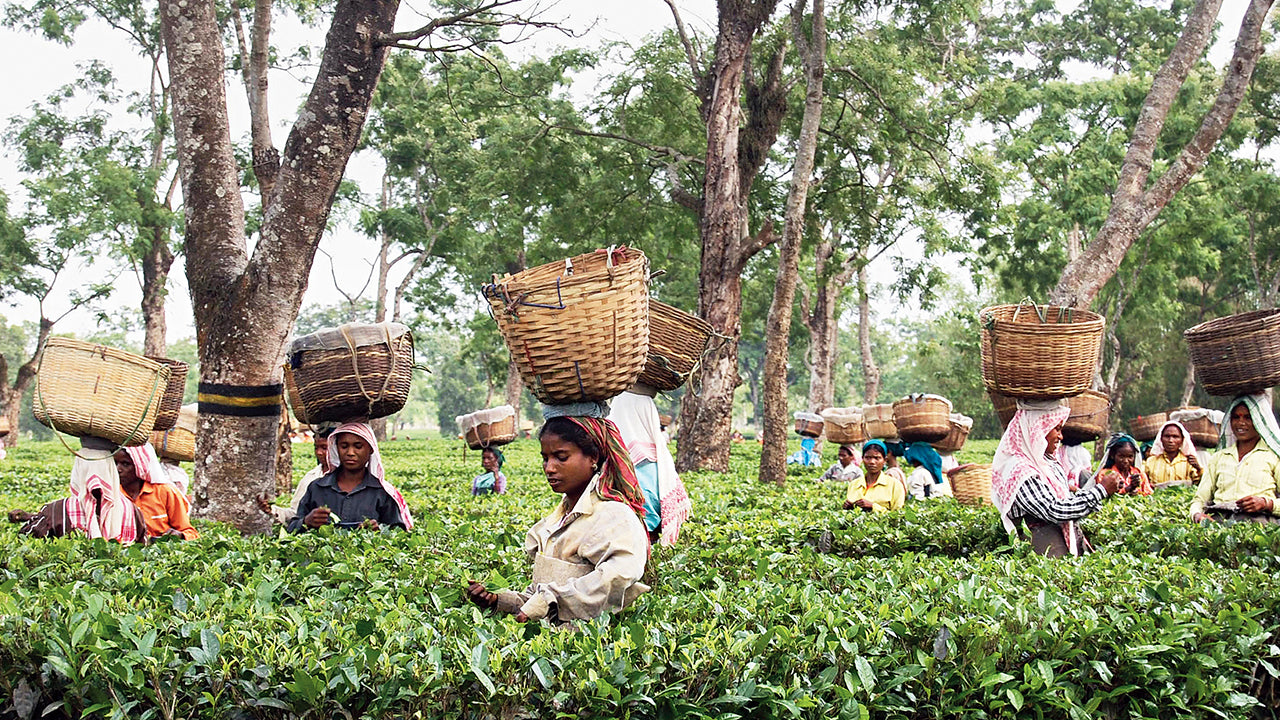
1.Plucking
The process of manufacturing commences when the leaves are picked or ‘plucked’. Plucking calls for discrimination and dexterity and is carried out mainly by women. Only the uppermost foliage on every stem is picked – the famous ‘two leaves and a bud’ – and the stem itself must be left undamaged. A skilled tea-plucker can collect up to 20kg. (44lb.) of leaf daily
-
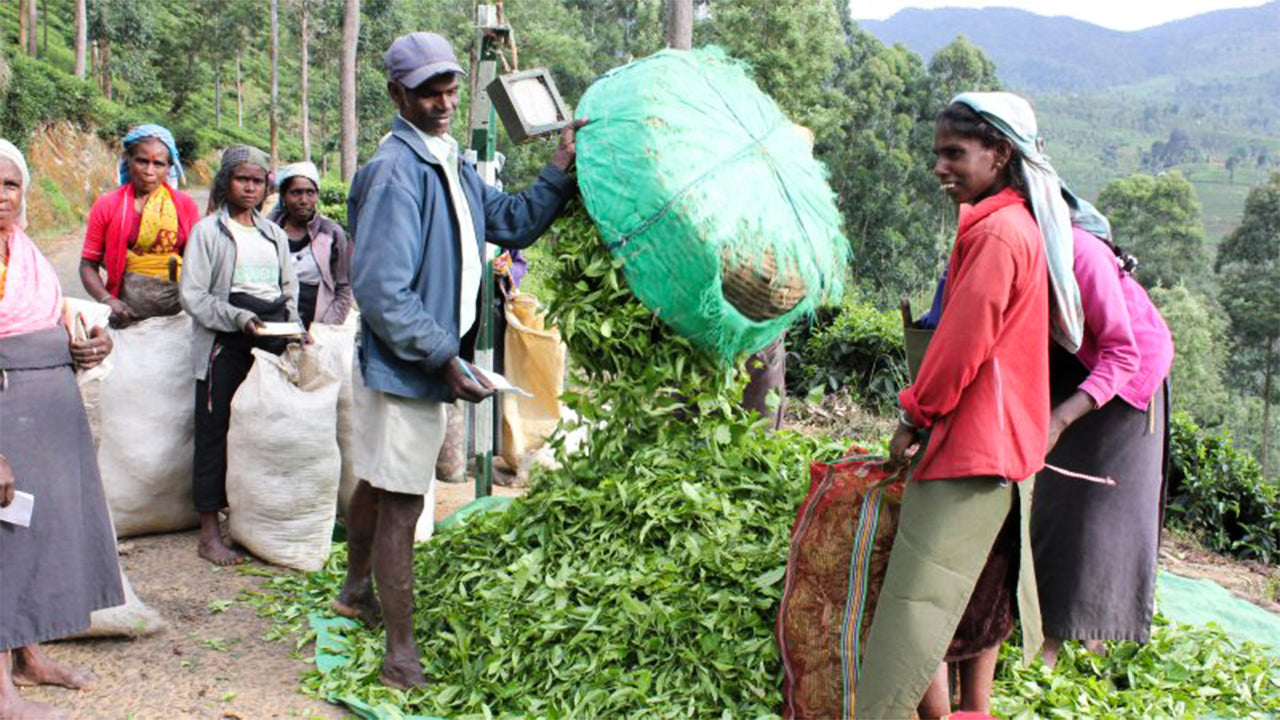
2.Weighing
On arrival at the factory the raw leaf is weighed. The total weight recorded for the day’s batch provides a benchmark for quality assessment at the end of the process of manufacture. After weighing, the tea is laid out for withering.
-
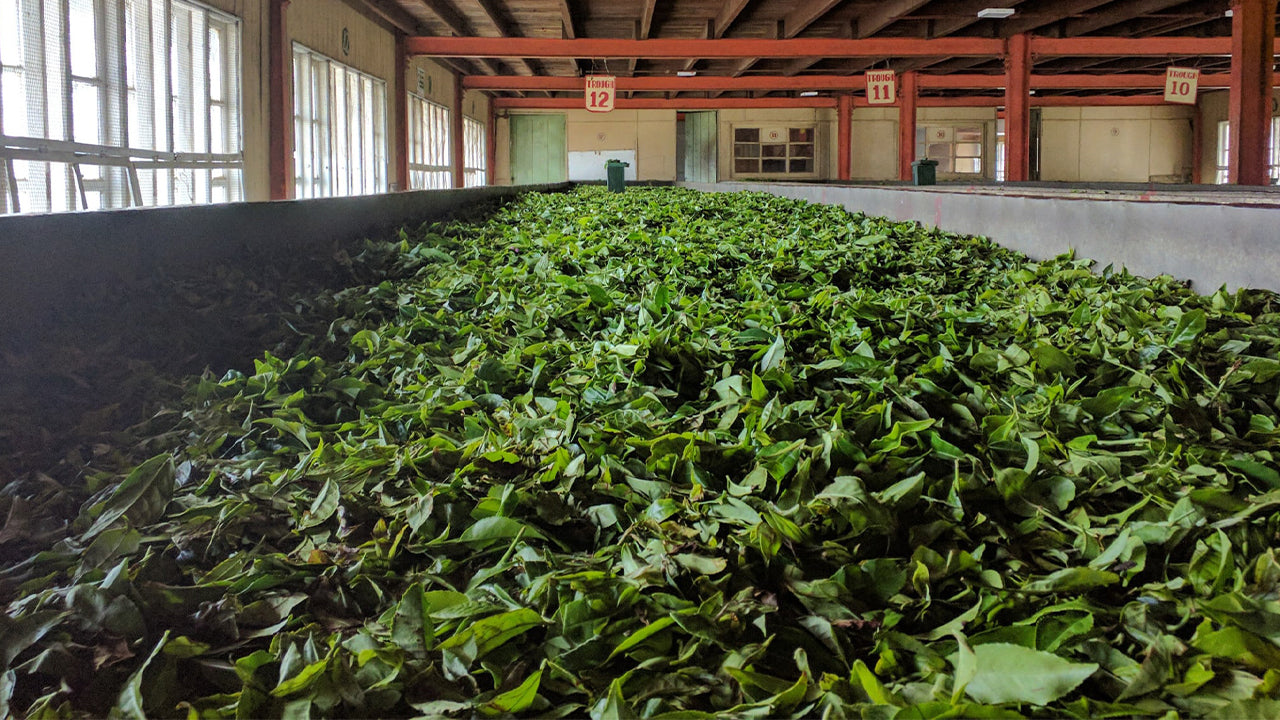
3.Withering
Raw leaf is ‘fluffed’ and spread out on racks or troughs in a welllit and ventilated space. It will lie here for 18-24 hours, slowly losing moisture and undergoing physical and chemical changes essential to manufacture. Over-withering can have dire results, so the process is carefully monitored. It is complete when about two-thirds of the moisture present in the raw leaf has evaporated.
-
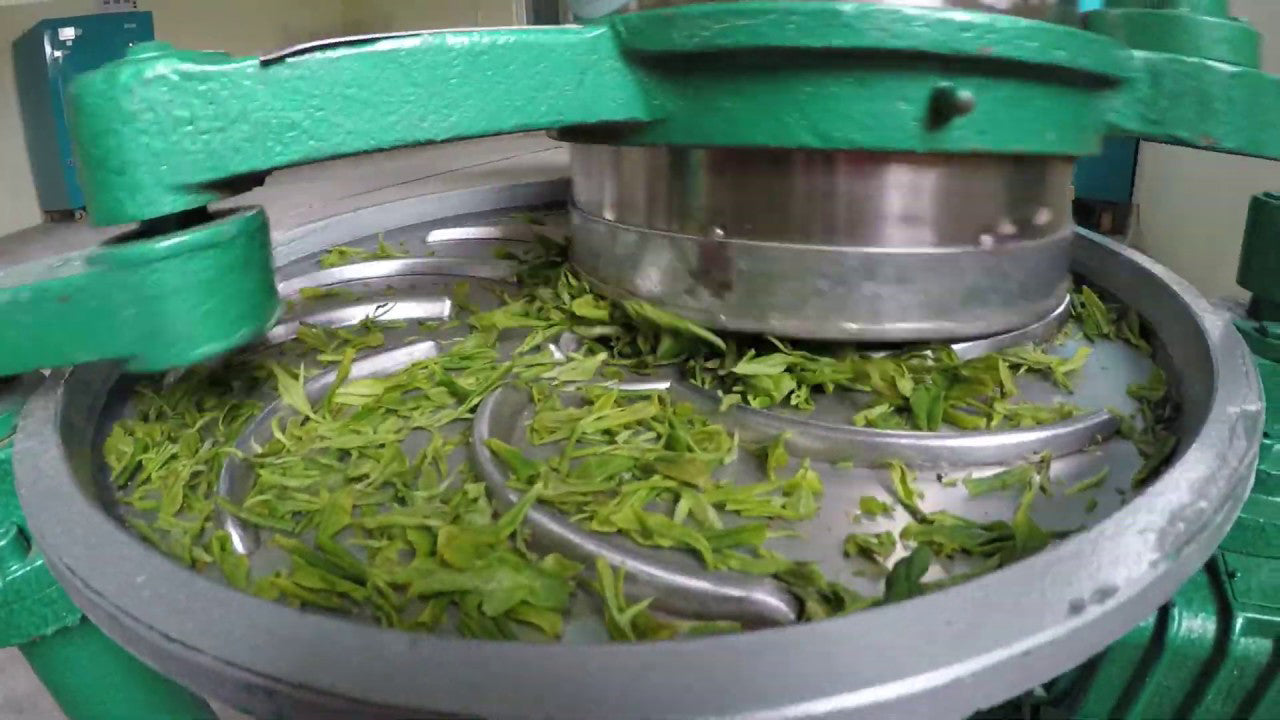
4.Rolling
The withered leaf is now ready for rolling. This is a mechanized process in which the leaf cells are ruptured to release enzymes and bring them into contact with air so that aeration can commence. The bits of broken and rolled leaf are called dhools. The dhools are then broken up and sifted before aeration.
-
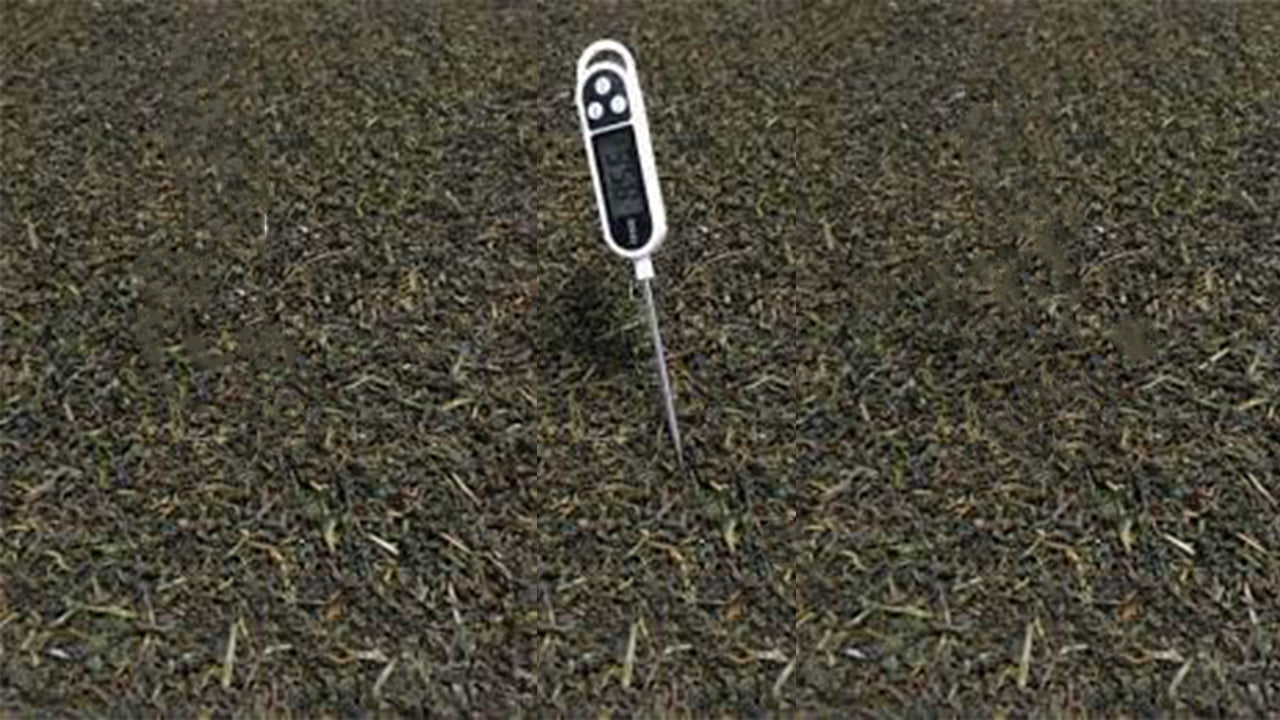
5.Aerating
During this critical stage of manufacture, important chemical reactions take place through the action of air on the leaf tissue. The rolled, broken leaf is spread out on tables and exposed for a period that varies between 20 minutes and five hours, depending on a variety of factors, including what kind of final product is desired.The withered tea leaf is a rusty, coppery orange color. Again, timing is critical: under-aerated tea tastes raw and green, over-aerated tea is soft and tasteless. Aeration is also known as 'oxidation' and sometimes known as ‘fermentation’
-
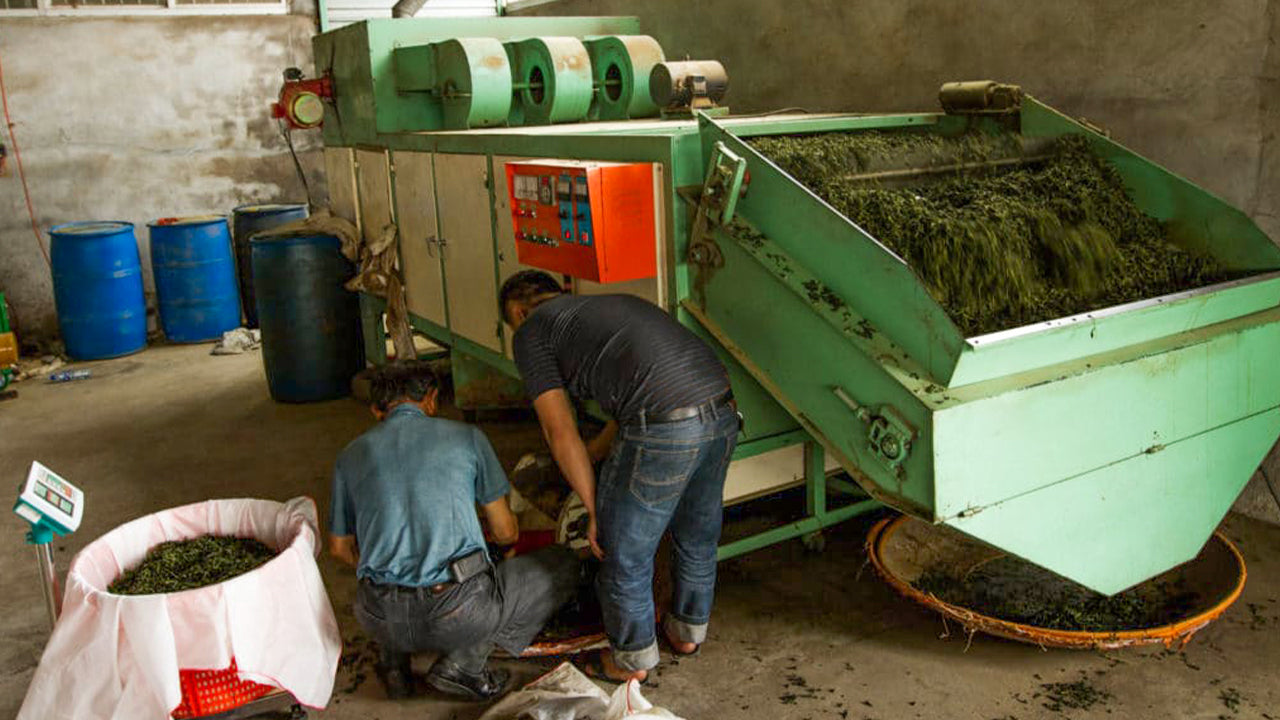
6.Drying
When the right amount of aeration has occurred, the leaf is dried in a drying machine or ‘firing chamber’ at 99-104˚C (210-220˚F) to prevent further chemical changes. This shrinks and darkens the leaf, resulting in the product known as black tea. This completes the actual manufacturing process
-
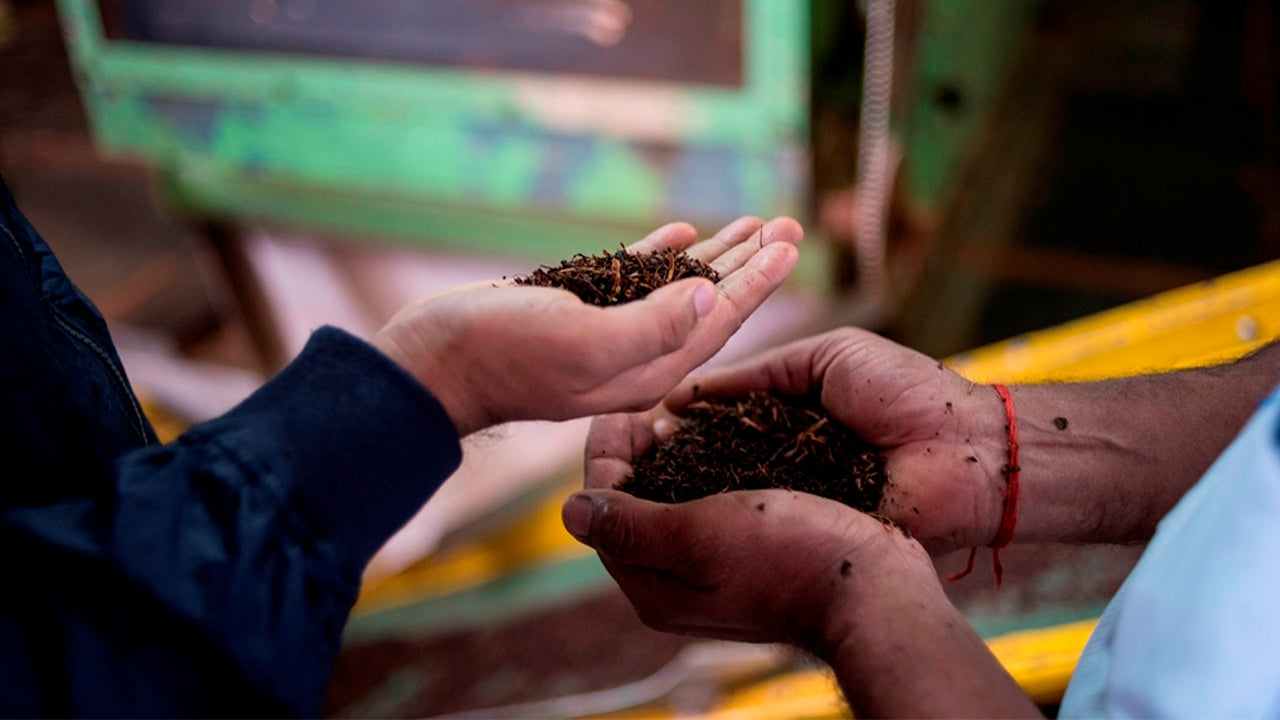
7.Grading
The size of the leaf particles in your teapot bears no relation to quality per se, but it does affect the color and strength of the brew. Manufactured tea is graded by leaf size using a mechanical sifter. ‘Leaf” grades contain the largest pieces, ‘broken’ grades are successively smaller, while the smallest grades of all are known as ‘dust’. Larger grades tend to command higher auction prices.
-
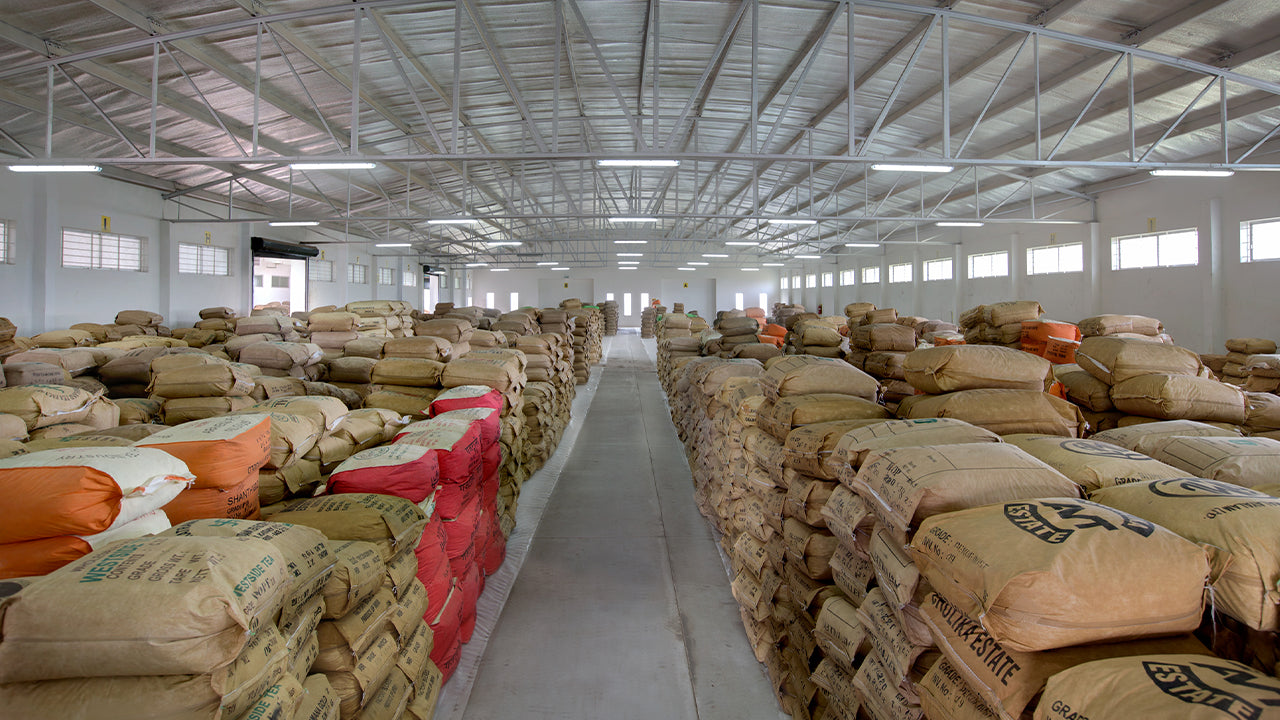
8.Bulk Packing
To ensure consistency of appearance, flavor and quality, each grade of a particular consignment is thoroughly stirred up and mixed together. After this, the tea is bulk-packed. Leaf cut attributes to varying flavor profiles. And, despite the orthodox manufacturing process being almost identical throughout Sri Lanka, Mother Nature ensures that each region, due to terroir, tea plants used, weather conditions (rain, sun, wind, etc.), has its own distinct taste and characteristics.








